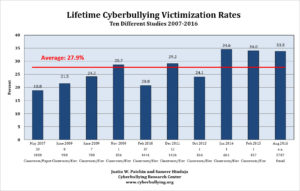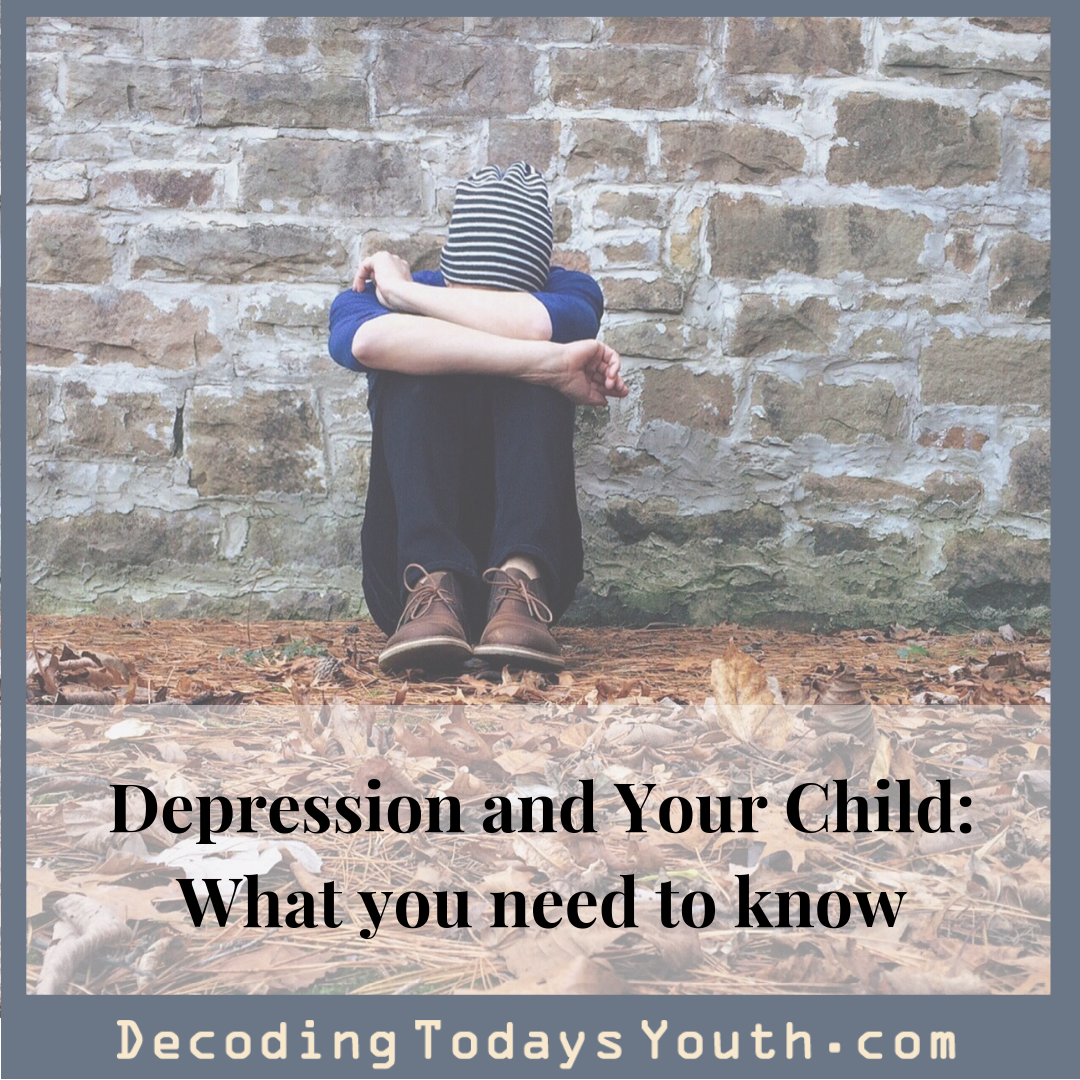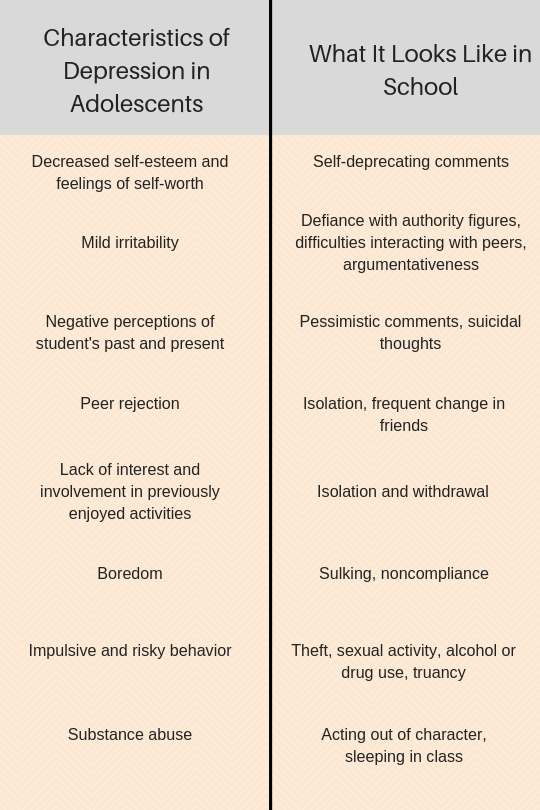
Today, Americans spend an average of 32 hours per week listening to music. That means your kid listens to more than 69 days-worth of music per year.
Maybe they’re getting some benefits from music, like lowered stress, improved health, better rhythm. But every generation likes a new style of music – perhaps one (particularly one?) their parents don’t understand.
So what are kids listening to today?
Let me break it down for you.
A short while ago when I was in high school, every Friday morning I had more spring in my step because it was “New Music Friday”. I really looked forward to Friday because I love music and I couldn’t wait to hear new tracks.
You see, Friday is the day most artists release their new music. It’s also the day Apple Music and Spotify, the two most popular music streaming services, update their top charts.
I was able to start my day with new tunes by Maroon 5, Fall Out Boy, Wiz Khalifa, Mac Miller, Thomas Rhett, Florida Georgia Line and many other great artists and groups. The music was relatable, and I felt motivated listening to those new tracks.
Over the years, since I’ve come to college, I’ve found it a bit more difficult to get out of bed on Fridays. I still use music to motivate me throughout the day, but I find myself reverting to the same music I’ve been listening to since 2014. I’m not excited about today’s new music.
Why? Because the music has changed.
Yes, top charts are now completely flooded with rap and hip-hop music, but that’s not it. I’ve always liked some rap and hip-hop. But today it’s not the same rap and hip-hop. It’s “trap” music. “Trap” refers to places where people make drug deals. Maybe you’ve heard of “trap” houses? The lyrics in today’s hit songs would shock you. Go ahead. Google some.

For example, Apple Music’s chart currently says number seven is “Drip Too Hard” by Lil Baby & Gunna. The second line in the song goes, “I gave ’em the drip, they sucked it up, I got ’em on it”. Only two lines later, Lil Baby says, “Takin’ these drugs, I’m gon’ be up until the mornin’.”
After a quick google search, “the drip” refers to the point where cocaine drips down your throat after snorting it.
Other songs in the Top 20 have drug references right in their name. Future’s “Crushed Up” and Lil Baby’s “Pure Cocaine”.
Others songs objectify women. Number 10 on the Apple music chart is Blueface’s “Thotiana”. Another quick google search… Well, let’s say any father of a girl would literally turn blue in the face.

I’m not saying Apple wants people to listen to this music. These tracks are simply on the charts because they are the best-selling songs of the week.
And while there are still some artists making good music about good things… it is getting harder and harder to find these songs. If your kid is listening to “just what’s popular today,” it may be time to introduce them to maybe some of your old music. Say from the 1990’s?
Course, I recommend 2014.
Awww… the good old days.
Some Useful Links & Research:
https://www.ashford.edu/online-degrees/student-lifestyle/how-does-music-affect-your-brain









 By Seth Woolcock
By Seth Woolcock
 By Katie Mest
By Katie Mest